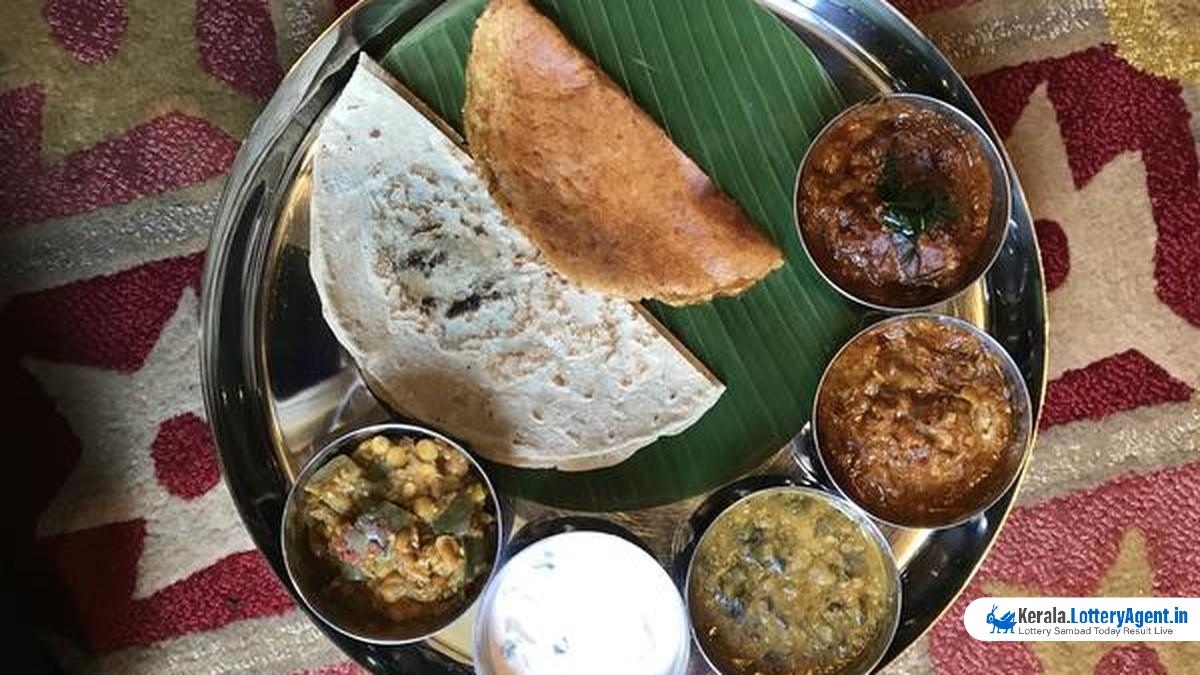
In a recent assessment of living costs in Maharashtra, a startling rise in the price of basic foodstuffs has been highlighted in contrast to the relatively modest increase in wages over the past five years. This financial imbalance threatens the economic stability of households across the state.
The average cost of a home-cooked vegetarian thali, a staple meal in Maharashtra, has surged by a staggering 71% within the span of just five years. In parallel, the average monthly wage for individuals in regular employment rose merely by 37%. Although wages for casual laborers experienced a more comparable increase at 67%, it must be underscored that a substantial portion of their earnings was already consumed by food expenses.
This analysis operates under the premise that a typical Indian family’s daily nutritional needs are met through the consumption of food equating to two thalis per day, covering breakfast, lunch, and dinner. The study excludes non-vegetarian dishes due to a lack of historical data, thereby focusing solely on vegetarian meal costs. Maharashtra was selected for this cost analysis due to its comprehensive and consistent data records.
To quantify the costs associated with preparing two thalis, essential ingredients were itemized, which include staples such as white rice, toor dal (pigeon pea lentils), various vegetables (onions, tomatoes, potatoes, peas, cabbage), spices (garlic, green chili, ginger), wheat flour (atta), sunflower oil, and salt. The cumulative grams necessary for two servings were assessed, and pricing data was sourced from the Ministry of Consumer Affairs and the National Horticulture Board, examining the retail costs for these ingredients at three different points—March of the current year, the previous year, and five years prior. When specific vegetable prices were unavailable, figures from Mumbai were employed as a substitute.
For illustration, over the five-year period, the price of toor dal needed to create two thalis leaped from ₹9.3 to ₹20.1 for a 125-gram portion. The cost of 300 grams of potatoes rose from ₹6.8 to ₹8.6.
Summing the prices of all required ingredients, the average cost for two thalis in Maharashtra reached ₹79.2 this year, compared to ₹64.2 last year and ₹46.2 in 2019. Calculating these costs on a monthly basis exposes a steep climb from ₹1,386 to ₹2,377 over that interval.
In terms of earnings, the daily average wage of a person in Maharashtra saw an upturn from ₹218 in 2019 to ₹365 in 2024. When projected over a month, the average salary witnessed a jump from ₹17,189 to ₹23,549 within the same timeframe.
Analyzing these figures in relation to wages, the cost of preparing two thalis daily for a month accounted for 21.1% of a casual laborer’s monthly income in 2019, marginally increasing to 21.7% in 2024—this assumes the laborer was compensated for every day, including rest days. For salaried workers, there was a more significant surge from 8.1% to 10.1%.
While casual laborers have managed to maintain their expenditure on meals in accordance with their wage growth, the disparity observed between the soaring meal costs and subdued salary increases implies that households reliant on regular salary incomes may be forced to reduce their spending on non-essential goods and luxury items. Meanwhile, families depending on daily wages may find even these small luxuries unattainable, as their proportion of earnings spent on essential food needs remains high and has recorded a slight rise.
This chasm between the growth in salaries and rising living costs represents a pressing issue for the economic well-being of families in Maharashtra. Data extrapolated from sources such as the Department for Consumer Affairs, National Horticulture Board, and Periodic Labour Force Survey underscores a need for policy interventions to address the imbalance between income and food expenses. The situation is critical for achieving sustainable living standards and financial stability for residents in the region.












